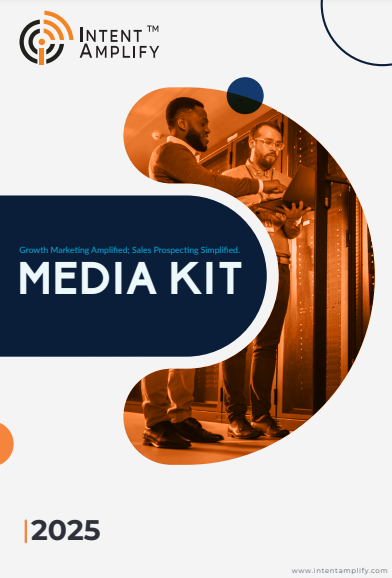
How to Qualify Prospects Using BANT in the B2B Sales Cycle
- Last updated on: June 24, 2025
In the increasingly competitive B2B landscape of 2025, the difference between a warm lead and a revenue-generating opportunity often lies in qualification. With sales cycles growing longer and buying committees expanding, B2B teams are under pressure to filter the noise. That’s where the time-tested BANT framework, Budget, Authority, Need, and Timeline, offers clarity. By enabling sales professionals to qualify prospects sooner in the pipeline, BANT enables more targeted targeting, effective follow-ups, and improved alignment with marketing teams.
Let’s dive into how today’s modern B2B companies can leverage BANT effectively in today’s intent-rich, data-driven sales cycle and why this decades-old methodology remains relevant in the age of RevOps and AI. In particular, understanding how to apply BANT in the B2B sales cycle helps teams filter intent signals, qualify faster, and align resources with revenue potential.
Why BANT Still Matters in the Modern B2B Sales Cycle?
Although created by IBM in the 1960s, BANT is still useful as it connects sales activity to buyer readiness. B2B buyers are now 83% of the way through the buying process before they will speak with a sales rep, states Gartner. This means that by the time a lead comes back, qualification is a limited window of time, and BANT gives an efficient, systematic way to find out a fit.
In the tech-driven sales landscape of today, qualification is more than asking questions—it’s about seeing signs on multiple touchpoints. Whether the conversation begins through an intent data platform, a LinkedIn message, or an inbound demo request, BANT guides salespeople through the conversation with purpose. For example:
- Budget prevents wasted time on prospects who cannot afford your solution.
- Authority determines if the contact can impact buying or is simply researching.
- Need reveals the underlying pain points your product can address.
- Timeline provides insight into when to anticipate a decision or whether to cultivate instead.
The power is in its simplicity. BANT does not replace discovery; rather, it adds purpose to it. And in a world fueled by automation and predictive analytics, purpose-driven conversations are the differentiator.
Budget: Assessing Financial Readiness Without Killing the Conversation
Talking about budget too soon can threaten to scare off a would-be buyer. But avoiding it altogether might result in pursuing a lead who just can’t make the conversion. The secret is in strategic discovery. Instead of asking “What’s your budget?” directly, high-performing B2B reps frame it as value and context. For instance: “Companies similar to yours typically invest between $20K and $50K annually to solve this. Does that range feel aligned with what you’re aiming to allocate?”
This question sets an expectation without pressuring the lead. It also gives the sales team valuable data to decide if the account should move forward. In 2025, especially with tighter procurement cycles, budget validation often happens across multiple stakeholders. That’s where collaboration with marketing pays off.
Employing intent data, behavioral data, and even party data to pre-qualify budget indicators, including visits to pricing pages or comparisons to competitors, makes this step richer. A lead who has interacted twice within the past week with cost-focused content indicates greater financial preparedness than a lead who has not.
Also, sales teams on platforms such as Clari or Gong can see historical deal behavior and identify budget indicators sooner. These tools increasingly integrate with customer data platforms (CDPs), enabling the use of unified customer data to build a unified customer profile. That unified view not only improves pipeline quality and forecast accuracy but also strengthens customer engagement and overall customer experience by ensuring prospects are financially viable before deeper investment.
Authority: Finding and Engaging Decision Makers without Delay
One of the largest inhibitors in enterprise selling is involving the wrong stakeholder for too long. In the average B2B buying group today, 6–10 individuals participate, typically from finance, IT, security, and operations. Without finding authority early, even tremendous pitches get stuck. New sales organizations are moving away from asking “Are you the decision-maker?” toward better questions, such as: “Who else would need to opine on this for your team to progress?”
This question respects the buyer’s position and brings in the hidden influencers. Once determined, they can be added to future communications, demos, or nurture campaigns. To further this step, intent-laden ABM platforms such as Demandbase or 6sense, powered by machine learning and customer data platform work, assist in uncovering contact role structures based on data collected and patterns from multiple touchpoints. If your operations lead is demonstrating high interest but has not converted, it may be time to contact their VP.
Used in combination with marketing automation, data activation can kick off workflows to deliver personalized content to decision-makers. For instance, a technical whitepaper for IT, an ROI sheet for finance, and a demo replay for operations, all driving your value through the decision chain. In short, those who know what they’re looking for don’t just close deals faster—they improve customer experience, keep departments in sync, and yield better long-term retention with less post-sale friction.
Need: Uncovering Business Pain Points That Overlap With Your Value Proposition
The most valuable aspect of BANT is perhaps Need, the overlap between the pain points of the buyer and the impact of your solution. Real needs, however, need more than box-checking to uncover. It’s diagnosing, not pitching. Instead of starting with features, today’s B2B teams listen for business impact. A good discovery may contain questions such as:
- “What’s preventing you from reaching this quarter’s target?”
- “How is your team managing this process today, and where are the gaps?”
These insights reveal whether the buyer’s need is urgent, solvable, and aligned with your unique differentiators. In 2025, salespeople with AI-powered CRM insights can bring forward historical ticket information, competitor trends, or even usage gaps from current tools to validate this analysis. If the prospect is having a problem with system integration, and your product plays nice with their stack, that’s a top-of-mind need.
Also, content takes center stage here. Buyers can self-identify needs using interactive ROI calculators, diagnostic tools, or use case libraries before even engaging with sales. Focusing these content assets against real-time signals helps marketing and sales work with unified intelligence. At the end of the day, when the prospect’s need aligns with your greatest strengths, sales velocity enhances, and customer success becomes more probable after the sale.
Timeline: Accelerating Sales Motion Through Intent-Aware Forecasting
A qualified prospect with need, authority, and budget still does not guarantee the deal closes this quarter. That’s why Timeline is so important; it keeps deals out of the doldrums and assists with sales prioritization. Instead of inquiring “When are you going to make a decision?” which can come across as too early, successful reps steer the discussion with: “What is your internal decision process like, and when would you ideally like to see this live?”
This indicates two things: buying process complexity and operating urgency. A buyer looking to implement by Q3 indicates a qualified near-term opportunity, whereas another considering solutions “for next year’s roadmap” will need long-term cultivation.
In 2025, sales forecasting software combined with intent data and pipeline health metrics can be used to discern plausible timelines. For example, a prospect reading high-value bottom-funnel content twice within a week implies momentum, particularly when combined with calendar availability and demo requests.
At this point, it’s useful to align with marketing to create mid-funnel sequences that preserve interest. If a buyer’s schedule is pushed back by procurement, providing case studies and onboarding documents can keep interest piqued without pushy follow-ups. It’s also not merely about driving dates, but establishing a mutually acceptable trajectory to value capture.
Bringing It All Together: Using BANT as a Dynamic Framework, Not a Script
One of the biggest traps in B2B qualification is using BANT as a checklist instead of a conversation guide. In real life, top-performing sales teams in 2025 treat BANT as a compass, molding their discovery to every buyer’s journey. This is how to put it all together in the best possible way:
- Pre-qualification via intent signals: Apply website behavior, content consumption, and previous engagement to gauge Budget and need before outreach.
- Smart questioning in discovery calls: Transition from interrogation to insight—encourage buyers to think through their needs and internal roadblocks.
- Joint mapping with marketing: Exchange insights on Authority and Timeline to inspire tailored nurture flows.
- Use CRM and RevOps tools for enrichment: Platforms such as HubSpot, Salesforce, or Apollo can automatically score leads based on enriched BANT data to inform prioritization.
When done properly, BANT doesn’t dampen the pace of sales today—it hones it. Through it, sales reps can find better-quality leads, predict more accurately, and create greater alignment between teams.
Final Thoughts
In a world defined by intent indicators, predictive intelligence, and ever-more-savvy buyers, the basics still apply. BANT isn’t obsolete—it’s adapting. By marrying its framework with today’s data and technology, B2B sellers can qualify more wisely, close quicker, and establish longer-lasting customer relationships. As the buying landscape becomes more complex, using BANT in the B2B sales cycle empowers sales and marketing teams to simplify qualification, personalize engagement, and close with confidence.
FAQs
Q1. Is BANT still effective for long enterprise sales cycles?
Yes. In reality, BANT is able to handle long cycles better by detecting high-fit prospects sooner, minimizing wasted time on low-potential opportunities.
Q2. How can AI augment the BANT qualification?
AI applications examine behavioral indicators, bring up latent decision-makers, and suggest next-best actions, making BANT more dynamic and real-time.
Q3. Can marketing teams utilize BANT as well?
Certainly. Marketing teams can utilize BANT insights for personalized nurture journeys and lead scoring priority criteria.
Q4. What’s an updated substitute for BANT?
MEDDIC, CHAMP, and GPCTBA/C&I are examples, but BANT is still the most flexible and most commonly used for early qualification.
Q5. How does BANT tie into intent data?
Intent data enhances BANT by providing budget indicators, detecting decision-makers, exposing active needs, and predicting ideal timing.




